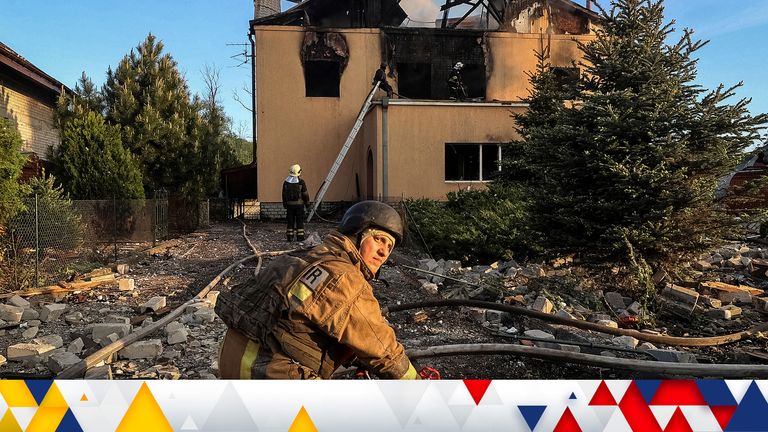Volodymyr Zelenskyy has issued an updated statement on the situation in Kharkiv.
In a post on Telegram, the Ukrainian president said Russian troops have tried to expand their operations.
But he added that Ukraine understands the "scope of the occupier's forces".
"We see his plan," he said. "Our soldiers, our artillery, our drones respond to the occupier."
He also said Ukrainian forces were adding their "strength" along the state border and the entire frontline near Kharkiv.
"We will invariably destroy the occupier in such a way as to thwart any Russian offensive intentions," the 46-year-old leader wrote.
"Everything depends on the stability of our soldiers, and everyone who holds a position now protects the position of all of Ukraine.
"It is important that partners support our soldiers and Ukrainian stability with timely supplies. Really timely. The package that really helps is the weapons brought to Ukraine, not just the announcement of the package."


